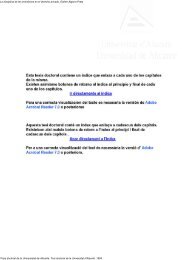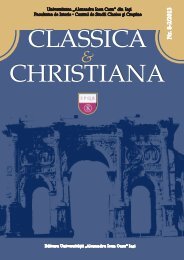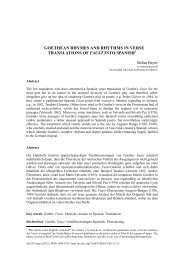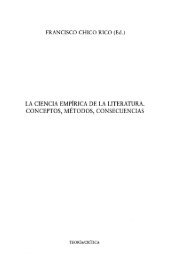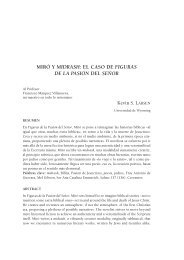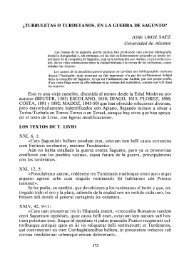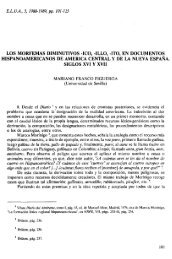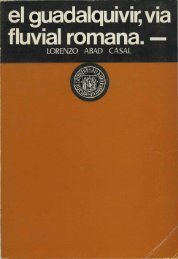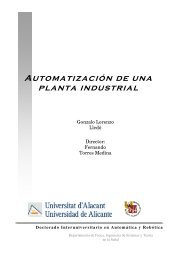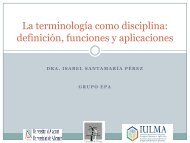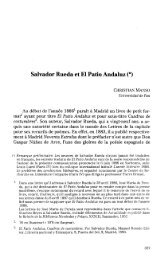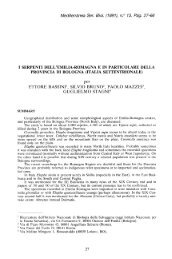ecological effects of marine protected areas empafish project ...
ecological effects of marine protected areas empafish project ...
ecological effects of marine protected areas empafish project ...
Create successful ePaper yourself
Turn your PDF publications into a flip-book with our unique Google optimized e-Paper software.
EMPAFISH Booklet no. 1 Ecological <strong>effects</strong> <strong>of</strong> Atlanto-Mediterranean MPAs in the EU<br />
assemblage seemed to be affected, exhibiting low values <strong>of</strong> specific richness<br />
and total abundance in sites where these encrusting coralline algae dominated<br />
(Cianciolo et al. 2005), particularly within the integral reserve.<br />
The population structure <strong>of</strong> two species <strong>of</strong> sea urchins (Paracentrotus lividus<br />
and Arbacia lixula) has been monitoring within the MPA perimeter (integral<br />
zone vs. general and partial reserve) unfortunately only since 2004. The<br />
<strong>project</strong> is still in progress and data are only preliminary available.<br />
� Effects on habitat (impact <strong>of</strong> recreational activities)<br />
When looking at impact <strong>of</strong> recreational activities within MPAs, little scientific<br />
knowledge seems to support MPA management decision-making process.<br />
Some studies carried out in the Ustica Island MPA attempted to evaluate the<br />
<strong>effects</strong> <strong>of</strong> human recreational activities on different <strong>marine</strong> communities,<br />
indicating potential management solutions to limit their damage. Ustica Island<br />
receives ca. 35,000 tourists per summer (Badalamenti et al. 2000).<br />
Research was carried out in the field, by quantifying the real impact <strong>of</strong><br />
tourists and by simulation experiments, on four main recreational activities:<br />
scuba-diving in the infralittoral habitats, the boat anchoring on the Posidonia<br />
oceanica meadows, the human trampling on the shallow algal communities<br />
and the feeding by MPA visitors on the coastal fishes.<br />
At Ustica, an estimation <strong>of</strong> 10,000 divers per year is plausible. Direct<br />
observations were used to describe interactions between divers, substrate and<br />
<strong>marine</strong> organisms in eight common habitats <strong>of</strong> the Mediterranean subtidal<br />
(Milazzo et al. submitted). Data on habitats’ availability, divers’ permanence<br />
in each habitat and immediate damages (or conditioning) on <strong>marine</strong> species<br />
were collected. Analyses showed that standardized preference <strong>of</strong> habitat <strong>of</strong><br />
divers was highest for horizontal photophilic community, <strong>marine</strong> caves and<br />
sciaphilic walls. Contacts were voluntary on the 30% <strong>of</strong> occasions. Immediate<br />
damages were mainly recorded on the slow-growing benthic species<br />
Leptosammia pruvoti, Astroides calycularis and Myriapora truncata belonging<br />
to <strong>marine</strong> caves and sciaphilic walls. Contacts in other habitats, although<br />
numerous, did not produce any evident damage on the immediate.<br />
Behavioural responses (i.e. unnatural aggregations) <strong>of</strong> several fish species<br />
occurred frequently (58%) when divers had contacts with the substrate.<br />
Simulation experiments on the boat anchoring activity revealed that the<br />
damage was strongly dependent on the anchor typology adopted and that<br />
weighing was the critical stage during the anchoring process. Generally the<br />
use <strong>of</strong> the Hall type anchor seemed to be preferable to minimise the impact<br />
on the Posidonia meadow in comparison with the Danforth and Folding<br />
grapnel anchor types.<br />
Erect macroalgae are very sensitive to human trampling and even relatively<br />
low intensities <strong>of</strong> this human disturbance may be non-sustainable for this<br />
shallow assemblage (Milazzo et al. 2002). However, after disturbance ceased,<br />
the macroalgal recovery seemed to be very rapid: the higher the impact on<br />
the system the more rapid the recovery rate (Milazzo et al., 2004). In the<br />
69



